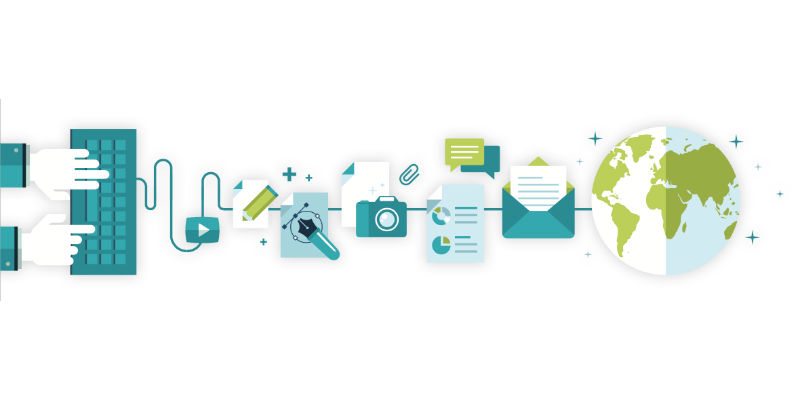
Using digital technology effectively
In an era where our lives are increasingly digitized, the importance of fostering a deep connection to plants and nature cannot be overstated. As people spend more time in front of screens, they risk becoming detached from the natural world. This is where digital communication assumes a critical role.
How do we make horticulture and botany — which are incredibly hands-on, tangible subjects — impactful in a digital format? This is important to consider across all sectors of our industry, from teaching to research to recruitment to sales.
Despite the end goal, I truly believe in the importance of digital platforms to bridge the gap between people and the botanical world. In all of my professional roles, I hope to encourage an appreciation and understanding of plants that transcends the digital realm. As horticulturists, we are all in the business of enhancing people’s quality of life and enjoyment of the outdoors.
We have the power to inspire individuals to step outside, engage with nature firsthand, feel the soil between their fingers, smell the fragrance of flowers, visit a garden shop, connect with other plant lovers and ultimately marvel at the diversity of life that thrives in their backyards and communities. Hopefully, this will help people foster a greater connection to nature and be better stewards of the planet in addition to engaging with our particular business goals.
As digital technologies become more prevalent in our lives, we should use them not as a substitute for nature, but as tools for enhancing our relationship with the natural world. The following are some techniques that have been effective for me as I communicate about horticulture to students, researchers, stakeholders and industry members:
Use Clear and Concise Language
Regardless of the audience, information should be conveyed in a manner that is clear and concise. If technical terms are necessary, explain them in non-technical language. One great metric for clarity that I recently learned about is the Flesch-Kincaid calculator, which you can enable on Microsoft Word. For general audiences, a Flesch-Kincaid Grade Level of 8 is a good target. For reference, this article has a Flesch-Kincaid Grade Level of 11.
Visual Aids
Images, diagrams and videos can be invaluable in conveying complex information and engaging your audience. How many times have your eyes glazed over a dense block of text?
When I’m thinking about what kinds of visuals to use in my online classes, I want them to be the next best thing to being outside, or something that would inspire them to actually go outside. When presenting data or research findings, use visual aids like charts, graphs or infographics to make the information more digestible.
Use Technology
Take advantage of popular online platforms and technology to reach your customers and always stay on top of new developments. This could include social media, blogs, webinars, virtual tours, online databases, mobile apps, e-newsletters, etc. Erica Hernandez wrote a great article about Social Media and Horticulture in the May 2023 issue.
Technology now includes content-generating tools such as artificial intelligence (AI). AI can be a great way to help clarify certain concepts you might be unfamiliar with and make them easier to write about. But don’t just copy and paste; you need to do your fact-checking and use your own experiences, knowledge and voice. Think of AI as another tool in your toolbox.
Engage with Your Audience
Encourage interaction and engagement, whatever that looks like for your business. Ask for feedback, answer questions and acknowledge comments, especially on social media. Consider responding to people’s questions directly. Make it personal when you can. People love a personal touch, and it makes them want to keep buying your products.
Relevance
Ensure your content is relevant to your target audience. When I’m summarizing a research article for American Floral Endowment (AFE), it will be different depending on whether it’s going in our Growing Further newsletter, being shared with the industry or being communicated to researchers. When I’m teaching plant identification to undergrads, I’ll often include humorous plant memes or tie-in pop culture references to different botanical concepts. This builds trust and rapport with my students and lets them know that I want to engage with them at their level.
Credibility
Make sure your information is accurate and up-to-date. I once read that having an out-of-date website is worse than having no website at all. Cite your sources where possible and link to further reading. Especially for garden centers, building trust with your audience can also involve sharing your store’s history, mission and achievements.
Storytelling
Use storytelling to engage your audience and make your content more memorable. This could involve sharing success stories or personal experiences. This helps to build a connection and rapport with your target audience and shows them your human side.
Think about the reasons you decided to join the industry. Sharing our passion is key in whatever we do. We may all have different comfort levels in front of a camera or with writing, but passion is always evident — and people always respond to it. One of my students recently said that she had never met me in person but felt like she knew me better than half of her in-person instructors because I was always willing to show my human side. Building meaningful connections is possible in the digital world!
Communication about the horticulture industry is a multifaceted process. The ability to successfully communicate about plants and our businesses on digital platforms can make the horticulture industry more accessible, profitable, adaptable and resilient.
For an enhanced reading experience, view this article in our digital edition.


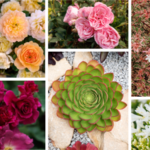
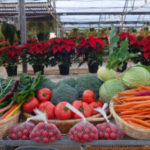
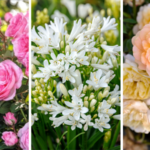

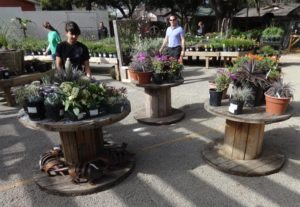
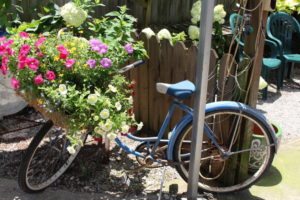
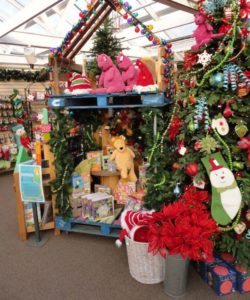
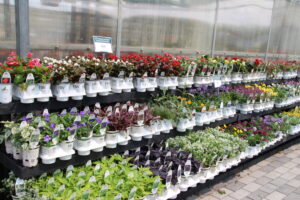
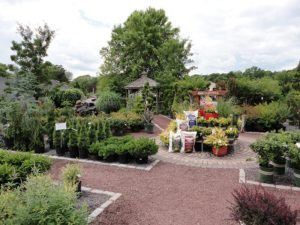
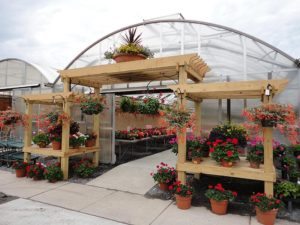
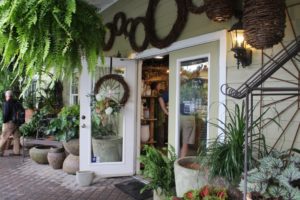
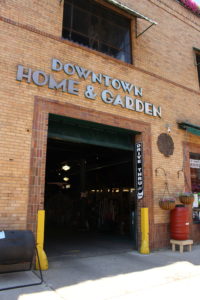
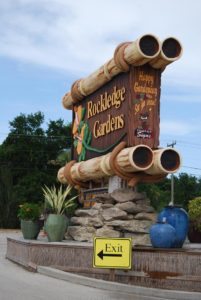
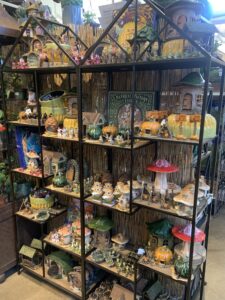
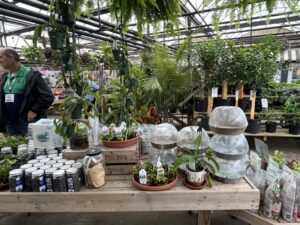

 Videos
Videos





